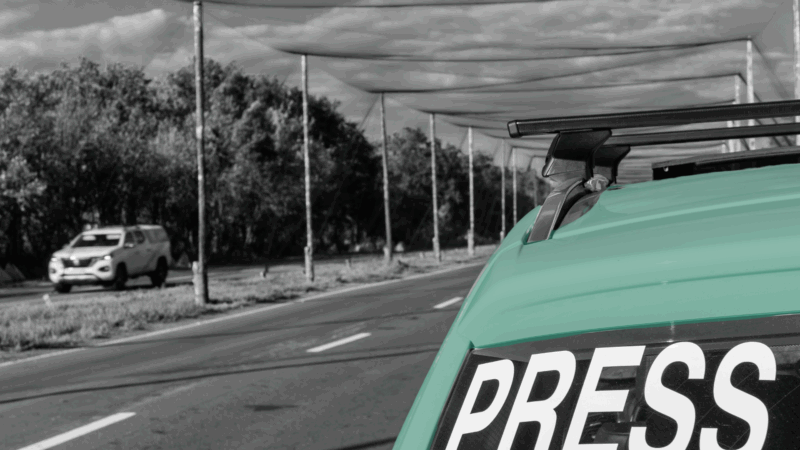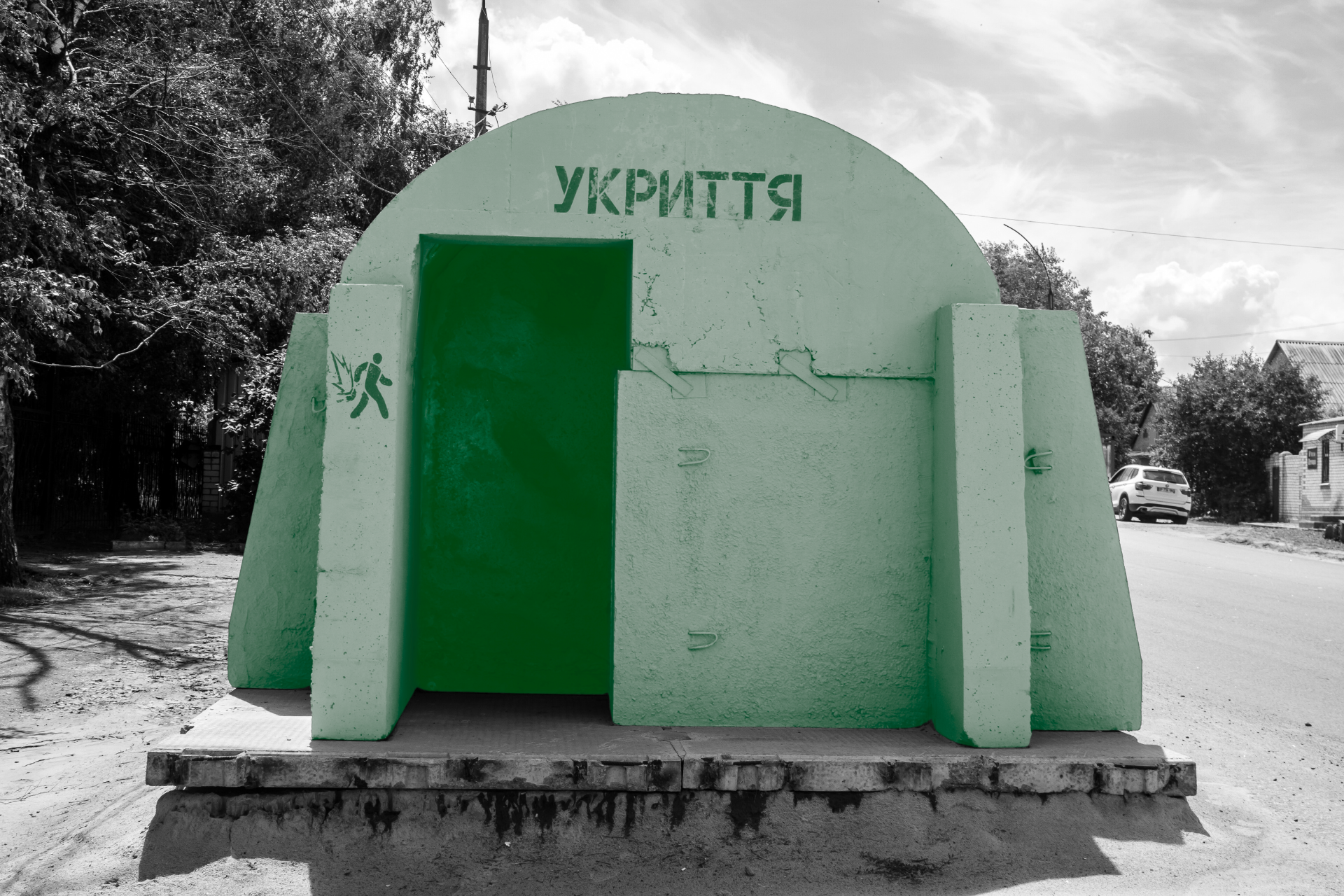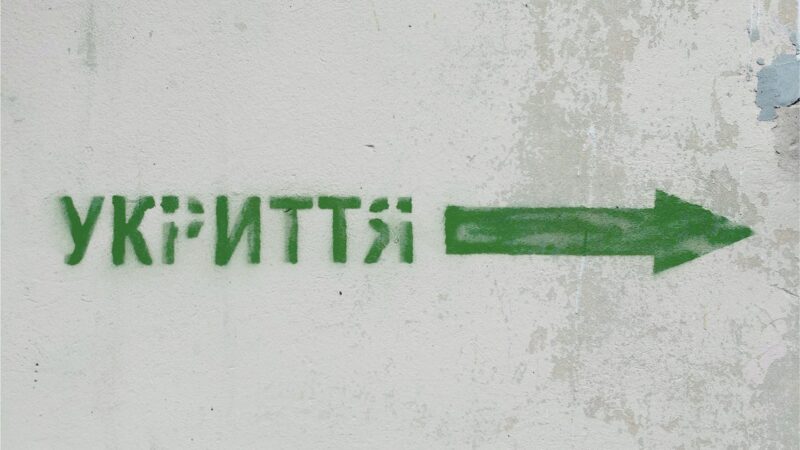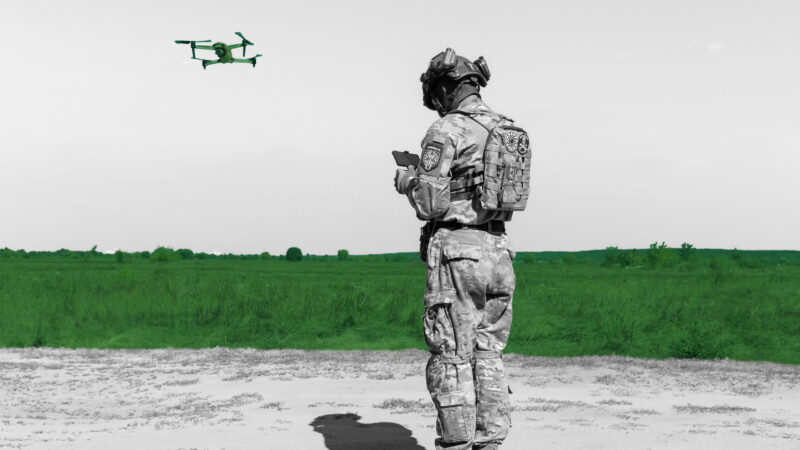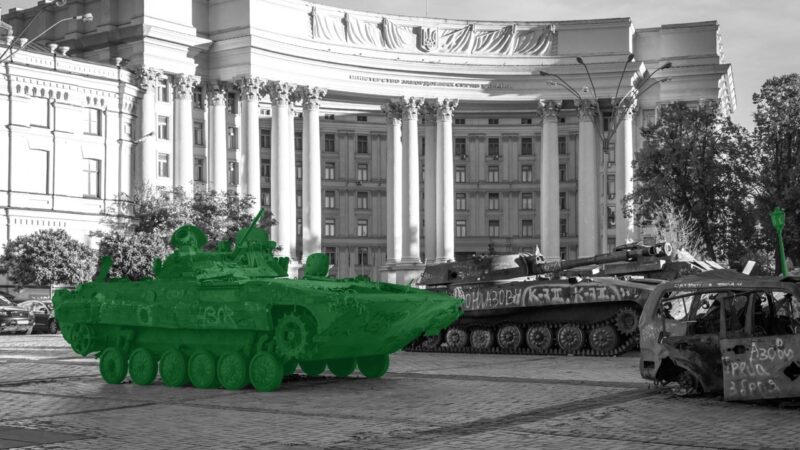Emotions of the war: What does tonality analysis say about Zelensky’s political communications?
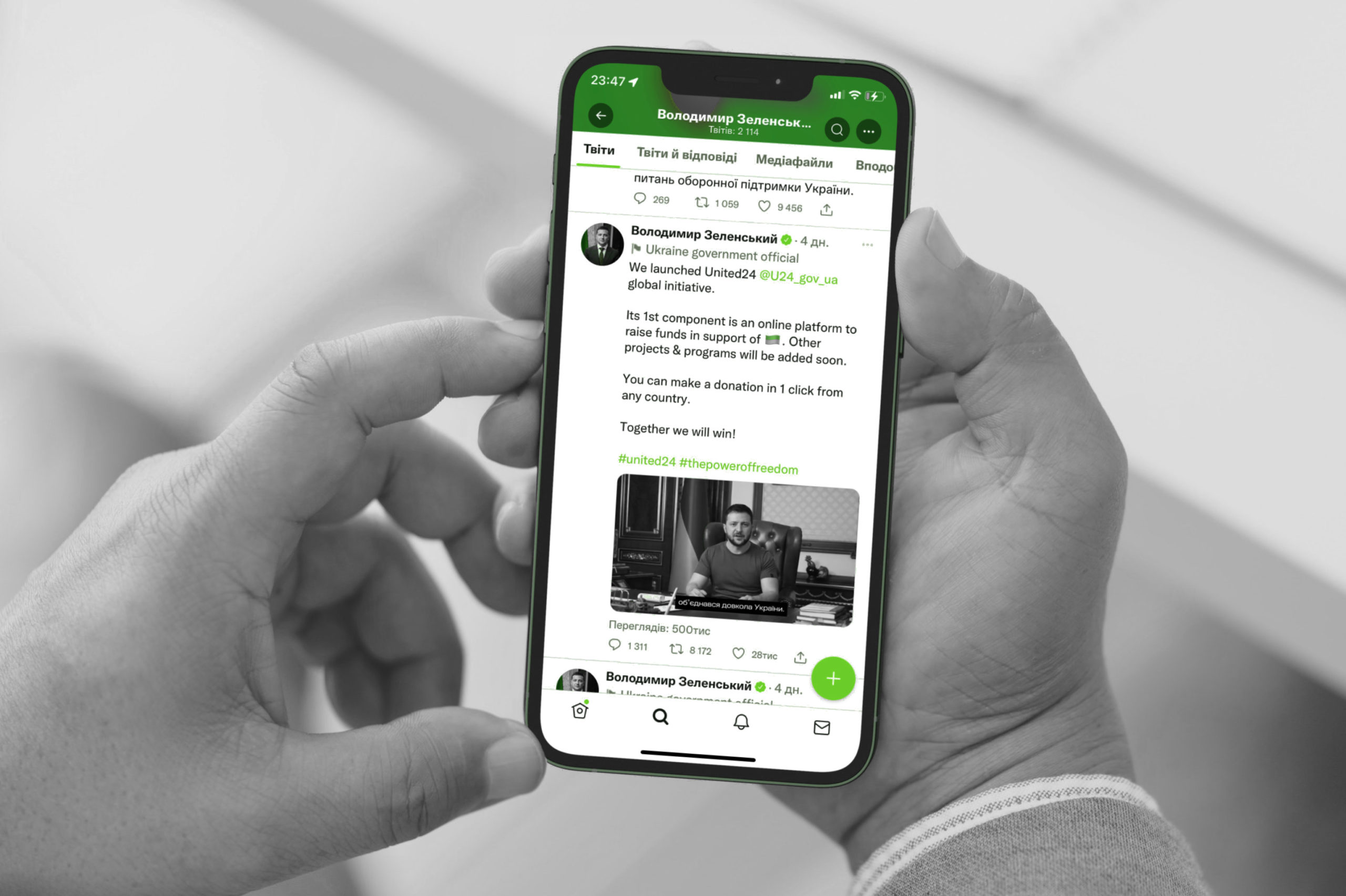
Ukrainians have experienced a kaleidoscope of emotions since the escalated Russian invasion in February 2022. Fury—after seeing pictures from Mariupol and Bucha. Grief—after mourning the dead among civilians and the military. Ukrainians also feel abandoned or lonely because their relatives and friends left for other regions or for other countries. This said, virtually everyone is proud of the Ukrainian armed forces, police, medics, rescuers, and even the government, which was so widely criticized in times of peace. Emotions in Ukraine are stronger nowadays, and sometimes it may be complicated to define them accurately.
Political emotions
According to Martha C. Nussbaum, some of our emotions “have little to do with political principles of the public culture, but others are different: they take as their object the nation, the nation’s goals, its institutions and leaders, its geography and one’s fellow citizens seen as fellow inhabitants of a common public space.” During this war the world has discovered Ukraine once more—politically and emotionally, and these two items are interrelated. Of course, some of the emotions are private; however, most of them are translated publicly. And here Ukrainian political institutions are taking the lead. The politicians and leaders are not only explaining the situation on the battlefields, they should be managing the emotions of the society and the whole world. Confidence, not despair. Decisiveness, not fear.
In order to analyze the political emotions of the Russian-Ukrainian war, I studied Volodymyr Zelensky’s tweets from October 2021, when the discussions of a possible Russian invasion resumed, till March 2022. Python Library (TextBlob) was used. I used tonality analysis, which helps to identify neutral, positive, and negative items of a text. As a rule, the library takes into accounts adverbs when calculating tonality, where:
- –1 means intense negative attitude (‘I hate this book, it is boring’)
- –0.5 indicates moderate negativity (‘I think this book could be better’)
- 0 indicates neutral tonality (‘The book was written in 1991’)
- 0.5 shows moderate positivity (‘I love this book’)
- 1 shows an intense positive attitude (‘This is the best book I have ever read’).
Of course, it is important to mention some facts about the Ukrainian Twitter. This social network isn’t popular among Ukrainians, with only 6% using it compared to Facebook (59%) and Instagram (30%) (Global Logic, Factum Group). However, after the Revolution of Dignity (Euromaidan) Twitter has become a place for ‘elite communication’ and for interactions with the West. Ukrainian official institutions have accounts on Twitter, and Volodymyr Zelensky launched his Twitter page in April 2019 (he won the presidential election on 21 April). Thus, speaking about Ukrainian political communications on Twitter, we’ll be dealing with the emotions mainly delivered to foreign audiences. And since international political communication is extremely important for Ukraine (because of military assistance, sanctions on Russia, support from the international community), our discovery should show how emotions are used to influence the situation.
First, let’s see the general picture about Zelensky’s tweets.
Language of Zelensky’s tweets
As a rule, President Zelensky tweets in Ukrainian (51–57%), with English as his second language (42–49%); the actual number of tweets depends on the month (see figs. 1–2). And from October till March both the number of tweets and percent of English tweets has been increasing. Thus, this Ukrainian peculiarity of Twitter usage can be seen more vividly during the war because the social network is being exploited to influence the world community. During the war we have seen much more intensive tweeting and almost equal proportions of Ukrainian/English tweets.
Figure 1. Tweets on Zelensky’s account (October 2021–March 2022)
Figure 2. Proportion of tweets written in Ukrainian and English
Popularity of Zelensky’s Twitter
Zelensky’s popularity on Twitter has been growing since the Russian invasion. In October–November his posts had 566 and 677 favourites on average (79 and 99 retweets, respectively). In January, when there were numerous warnings about possible war, the numbers increased. And in February–March the numbers were overall 15–18 times higher (favourites) and in 11–15 higher (retweets). Of course, almost the whole world was speaking about Zelensky, and his Twitter, a mostly secondary social network, became extremely important for communications with the international community.
Tonality of Zelensky’s Twitter
Surprisingly, tonality analysis shows that Zelensky’s tweets were mostly neutral in February–March; however, it’s possible to see that during previous months the posts were more positive, especially in October. Thus, even the war didn’t make the Ukrainian president show negative emotions. Speaking about horrible Russian war crimes, he predominantly stayed neutral or combined mentions about the crimes and gratitude for international assistance, so the average indicator for positivity wasn’t high.
Main topics of Zelenky’s tweets
In October Zelensky congratulated some world leaders, welcomed officials from different countries, held telephone conversations, reported about his domestic visits, and celebrated victory in the Amsterdam Court of Appeals concerning the “Scythian Gold” museum exhibits from Crimea. The most positive tweets were about official visits. The Federal President of Germany was greeted in October (contrasting later with April 2022, when Ukraine refused a visit by him). And Lloyd J. Austin, the US secretary of defense got a warm welcome as well. There were no negative tweets at all.
In November–December the first reports about the concentration of Russian troops were published. Thus, Zelensky informed his audience about his discussions with European leaders. The tense situation on the EU-Belarussian border was mentioned too. As we see, security issues influenced tonality, the average indicator dropped from 0.3 to 0.15–0.16. However, there were only 3 negative tweets (the EU-Belarus border tensions and the security situation on Donbas). Positive tweets were published as well. In November a tweet with congratulations to Joe Biden had the highest indicator, 0.56. In December the most positive tweet was about talks with the US senators and congressmen, 0.60.
In January I observed further decline in tonality. Comparably with November–December the most positive tweet was only at 0.35. Again it was about the US (talks with Joe Biden). All negative tweets were about de-escalation (conversations with Macron, Biden, Blinken). Here, the leading topic was talks with officials, politicians from mostly Western countries: Canada, the USA, the GB, the EU, France. As a rule, the tonality of such tweets was neutral, restrained.
For instance:
It’s remarkable that February–March didn’t change the tonality of Zelensky’s tweets. In early February, talks with different leaders remained the leading topic. Zelensky had phone conversations with Polish president Duda, General Secretary of NATO, head of the OSCE, Justin Trudeau, Charls Michel, Mario Draghi etc. All these posts were predominantly neutral. However, sometimes Zelensky stressed Ukraine’s friendly relations with some of them:
- Trudeau (Essential conversation with my friend @JustinTrudeau; Grateful to friendly Canada and personally to Prime Minister @JustinTrudeau for unity with ??!);
- Macron (Welcome to Ukraine @EmmanuelMacron!);
- Johnson (I appreciate the support of Great Britain and grateful to @BorisJohnson for the unity with ??)
- Harris (I appreciate the continued, effective support of ?? for ?? sovereignty and territorial integrity);
- Karis (Grateful to President of Estonia @AlarKaris for the unity with ?? on this important day. We appreciate the effective support from the ?? people to our state).
All these tweets have relatively high indicators of tonality (0.37–0.5). Here Zelensky tried not only to communicate with different leaders but to form some positive attitudes, to prioritize some international contacts. However, the end of the month was mostly neutral. And, of course, the number of negative tweets was larger. The most negative post (–0.5) was about the beginning of the Russian invasion:
Here Zelensky mentioned the Russian attacks, but the world’s support was more important. And this tactic was used further. He mentioned heavy fighting, shelling, asked for sanctions. And asked for international assistance. Zelensky mostly thanked different countries for their help. And this influenced the average tonality indicator. It was even larger than in January.
The same situation can be observed in March. Mostly Zelensky tweeted about talks and contacts with international leaders, these posts were predominantly neutral. However, sometimes he just stressed on special relations between Ukraine and other countries, their leaders. The most positive tweets (0.45–0.6) were about Boris Johnson, who was constantly speaking about the need to arm Ukraine, and Sauli Niinistö, Finnish president. News from battlefields, occupied towns was also reported, as a rule the texts were neutral, and only sometimes negativism was used. For instance, in this tweet he mentioned Russian war crimes and expressed condolences over the murder of an Irish journalist.
Thus, in the case of Zelensky we observe an interesting picture: he doesn’t use Twitter for attacks, negativism, insults. Even the war didn’t influence this. As a rule, he published neutral tweets with a small amount of negativism. And sometimes quite positive posts appeared.
Of course, we observed a decrease of the average number of positive tweets. However, this tonality issue may also be an effective way to influence the international community. The Ukrainian president is staying strong in the horrible days of the war in order to show his and his people’s endurance, decisiveness. Firstly, this mood is a remarkable contradiction to Russian officials’ hysterical attempts to blame the world, NATO and Ukraine in fictional attempts to ‘attack’ their country. Secondly, Zelensky’s positive tweets may help him to unite some particular states and leaders around Ukraine, its post-war safety, reconstruction and further democratization and to design some international infrastructure of future cooperation between Ukraine and these states and leaders which proved themselves as ‘friends in need’. And thirdly, positive attitude is important to show confidence: Ukraine will win, Russia will be defeated on the battlefield, morally, and politically.
We may also see that in times of crisis, Ukrainians turn to Twitter. Attention to this social network was high during the Revolution of Dignity in 2014. Afterwards, Ukrainian political communication wasn’t extremely active there; mostly Facebook and Instagram were used. However, since 24 February Twitter has been becoming more popular as well. And Ukraine brings here some new rules of communicating the crisis, the war: some emotional pragmatism. Positive emotions for friends, restrained negativism for enemies, neutrality for everyone else. Let’s hope that this approach, as well as other efforts in the field of communication, will help Ukraine and its president to achieve their common goal—victory.

